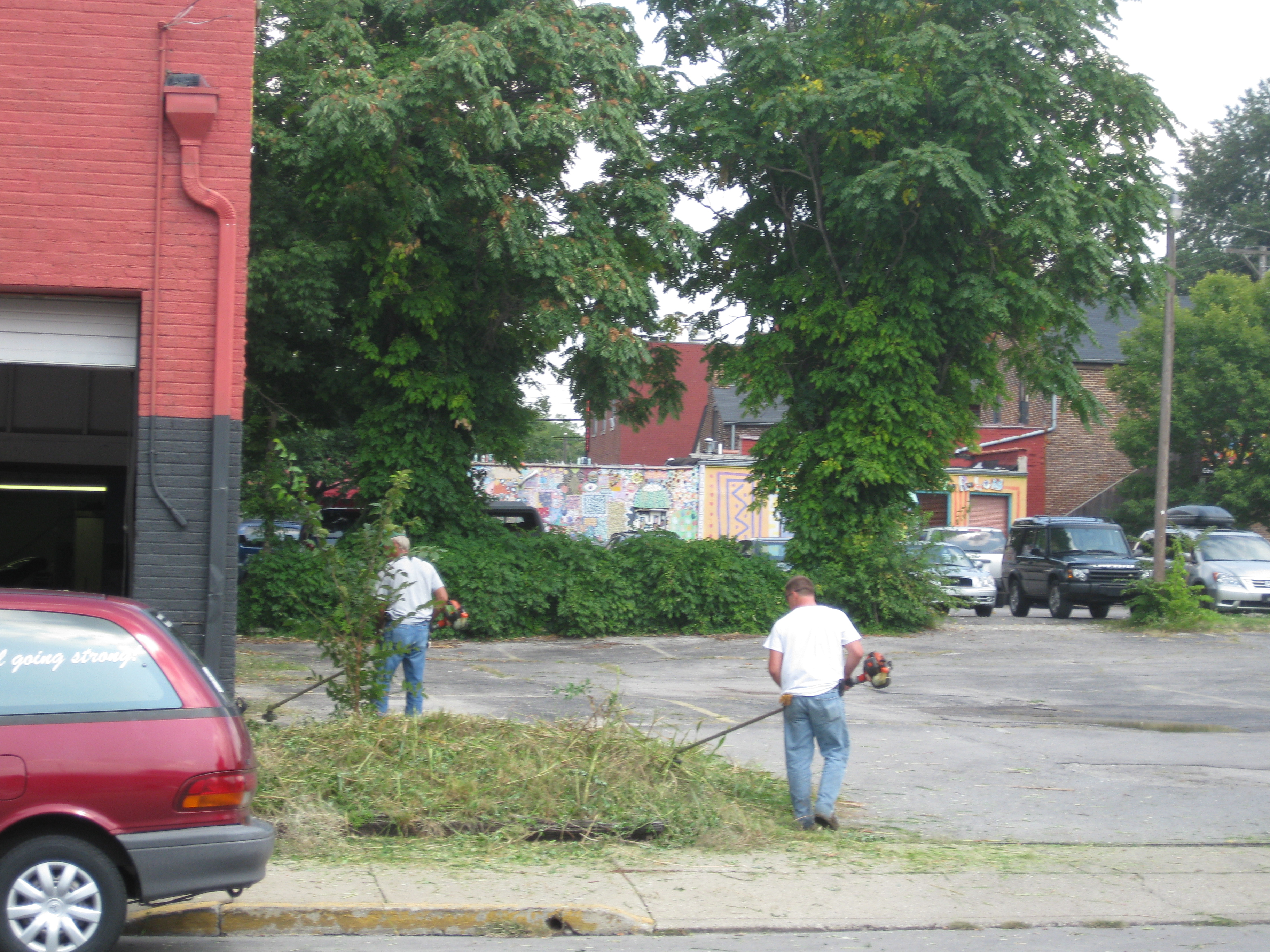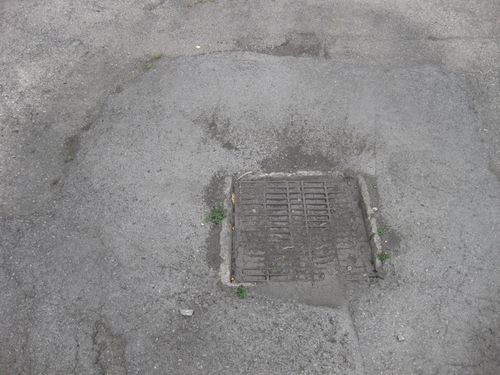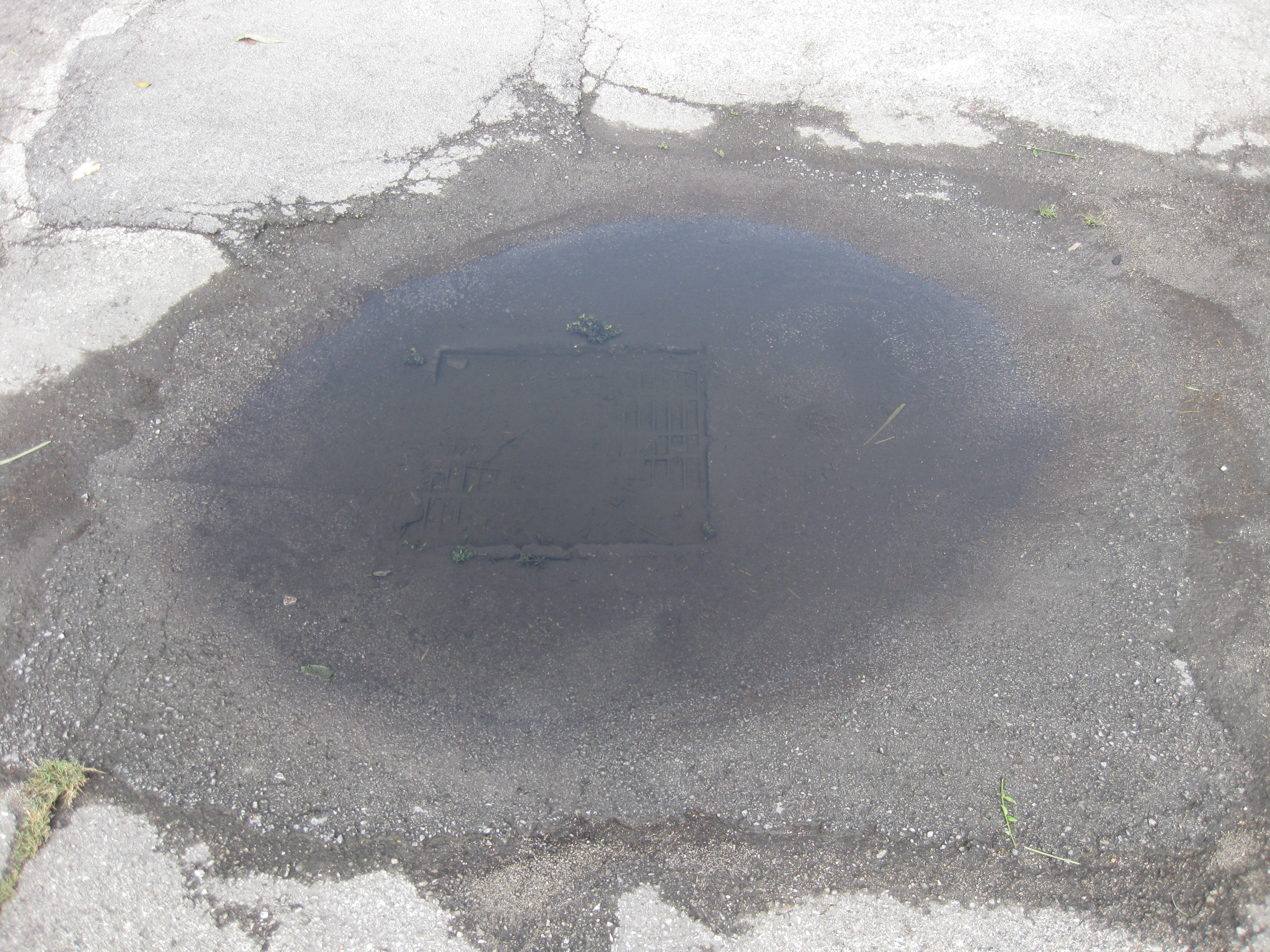Prologue
It all started with a testy weekend exchange on Twitter with LFUCG council member Doug Martin.
That Twitter exchange started with me posting multiple sarcastic complaints about traffic and then morphed into a conversation on leadership.
Throughout the day on Friday, I saw a series of ‘tweets’ on how bogged down Lexington’s traffic had become. As new street closures on West Main Street and Old Frankfort Pike were added to the long-term closure on South Limestone, traffic in many parts of the city came to a standstill. This was exacerbated by a multi-vehicle wreck on Versailles Road Friday night. Essentially, the entire west and south side of Lexington was impassable.
I then made my sarcastic assessment of the chaotic state of our streets.
Without going into details, CM Martin objected to my flippant tone, and urged me to complain less and lead more. It was a point that he reiterated as other folks jumped into the conversation throughout the weekend. I pulled back from the discussion – stewing a little that CM Martin felt I wasn’t leading already.
I should clarify that Doug Martin is one of my favorite council members. He’s engaged and approachable – by far the most active Twitterer in LFUCG – and he genuinely wants more citizen participation and a better city. Although he and I frequently disagree on specific tactics that we should use as we approach the important issues in Lexington, I feel that we’re on the same team.
But as the weekend progressed I couldn’t get over how he seemed to think I wasn’t a leader.
::
Preparation
As I stewed about the conversation with CM Martin, I was simultaneously stewing about the state of our city’s traffic.
I have written a few times about the streetscape project and the resulting impacts to downtown. Most recently, I wrote about the “true costs” of the South Limestone project – lost customers, lost productivity, lost services – and estimated the total loss of business to be between $84 and $92 million, far in excess of the approximately $17 million being spent on construction.
Meanwhile, there seemed to be no sense of urgency at LFUCG about accelerating the project.
On Monday, I learned that the next LFUCG work session included a “Downtown Streetscape Update” on the agenda. I decided that I would make a presentation on my findings – and perhaps demonstrate some “leadership”.
Trouble is, I had never even been to council chambers, let alone participated in a meeting. I asked my informal network of friends on Twitter, email, and South Limestone what I needed to do to make a presentation at the beginning of the session.
And the responses I got were great, but a bit intimidating. I only had about 24 hours to get my act together.
Citizens are only allowed 3 minutes to comment on issues on the agenda. But other citizens can donate their time. I figured that I had at least 10 minutes worth of material, which would mean that I needed 3 (or more) other folks to donate their time to me. Everyone has to sign in before the 3 PM meeting starts. Getting 3 other people to come to council chambers at 3 PM on a Tuesday is a daunting task.
At the same time as I was searching for supporters, I was also trying to throw together a presentation. I am a presentation perfectionist – I like to have every slide “just so”, and I want to know precisely what I’m going to say with each slide. (I’m the same way with writing, by the way.) Normally, crafting a presentation that I am happy and comfortable with takes a week or more.
But I had one day. Time to buckle down.
By early Tuesday, I had only one other person committed to showing up, giving me a grand total of 6 minutes. I was beginning to think I’d have to miss this opportunity to present to council. As I was preparing the presentation, I was also mentally noting the parts I’d have to slash if I didn’t have enough supporters donating their time.
But as my network kicked in on Tuesday afternoon, I saw that I’d have at least 12 minutes.
With that, I “locked in” the content of my presentation, and downloaded a few different versions of it to a thumb drive. I didn’t know which version of PowerPoint to bring (PP 2003 is the best bet). I also didn’t know if I’d have control of the ‘clicker’ to transition between slides (it turns out that I did).
::
Presentation
I showed up to city hall at about 2:45 PM, hoping to see my “supporters”. I checked in at the front desk by giving them my driver’s license and getting a visitor’s badge (a sticker, really). Then, one by one, I started to see the other folks who were donating their time to my presentation. There were 4 others, which should have given me 15 minutes – more than enough time for what I had to say.
I gave my thumb drive to the LFUCG’s technical coordinator, and had a moment of panic – the thumb drive had an “autorun” file on it which the LFUCG computers saw as malware. I was starting to look like I couldn’t even load up the presentation. After a reboot, we were able to transfer it, and the coordinator showed me the way to navigate through my presentation while up at the podium.
Mayor Newberry started the work session at 3 PM (sharp!), and public comment (for items that are on the agenda) is usually the first item. But Tuesday was also the day that council recognized Lexington’s Junior Fire Chief, and so council made time for that first.
Then, it was time for public comment. Mayor Newberry called my name and, as I approached the podium, he mentioned that I had 12 minutes. My mind scrambled a bit, as I tried to figure out where the other 3 minutes went. Did someone not sign up? Did they do so incorrectly? Since I didn’t know, and since I designed the presentation for about 10 minutes, I decided to go ahead without making a big scene.
I was atypically nervous as I approached the podium. I’m normally a pretty confident public speaker, but I was shaking. What was that all about?
I’ve been suffering from a cold for the past few weeks, and the constant coughing has meant that I haven’t been sleeping well. On top of that, I didn’t feel fully prepared – I didn’t have every detail down pat. Then, there was minute-gate. And, finally, when my presentation showed on screen, it jumped ahead a couple of slides.
Then, I started talking. My voice wavered a bit. As I got a couple of slides in, I started to feel my normal presentation rhythm. I usually flip through 6 to 10 slides per minute, and I was starting to get into the flow of the presentation. And, yet, I was still shaking…
For the most part, the presentation flowed as I planned. For the most part. The least well-thought-out section (the one where I shared my Twitter conversation with CM Martin) was where I temporarily lost track. I struggled for what seemed like an eternity, and then finally got control of the presentation again.
In the process of bungling that one section, I fear I may have given the unfortunate impression that CM Martin was some sort of “bad guy” in the South Limestone closure. He most certainly isn’t. (Sorry, Doug.)
As I approached the end of my presentation, Mayor Newberry interrupted me. “You have 30 seconds.” I felt like asking if I got more time because of his interruption. But I knew that I had only 9 more rapid-fire slides, and I knew what I was going to say, so I charged ahead, wrapping up the presentation before he could interrupt again.
GTV3 Video of Presentation (My presentation starts to 6m 30s).
::
Post Mortem
As I sat down, a few of those around me quietly praised the presentation. Mayor Newberry called the next speaker – who was actually one of my “supporters”. So I could have had 15 minutes after all.
As the council transitioned to their business, it wasn’t at all clear that my presentation had any impact. After I finished, there was no further discussion of South Lime, and no questions for me.
I knew I had some good points, but it wasn’t clear that any of them had connected with the council members. Then, several minutes after my presentation, CM Diane Lawless came by and told me how well I did. But Diane is such a nice person that I wasn’t sure her sentiments reflected the council as a whole.
When the “Downtown Streetscape” item finally came up on the agenda, CM Lawless ripped into the way in which the South Lime portion was executed. And then, an amazing thing happened. One by one, previously staid council members chimed in with comments about the urgency of accelerating South Limestone.
First, CM Kevin Stinnett made a motion for getting an update on what it takes to speed things along. Seconded (loudly) by CM Lawless, I then watched as CMs Jay McChord and Julian Beard reiterated their support for the motion.
In the end, the presentation did connect with a large portion of the council, and – next Tuesday – the issue of jump-starting the South Limestone project is back on the docket.
GTV3 Video of Presentation (Council discussion starts at 1h 33m. Takes a while, but it gets interesting).


























